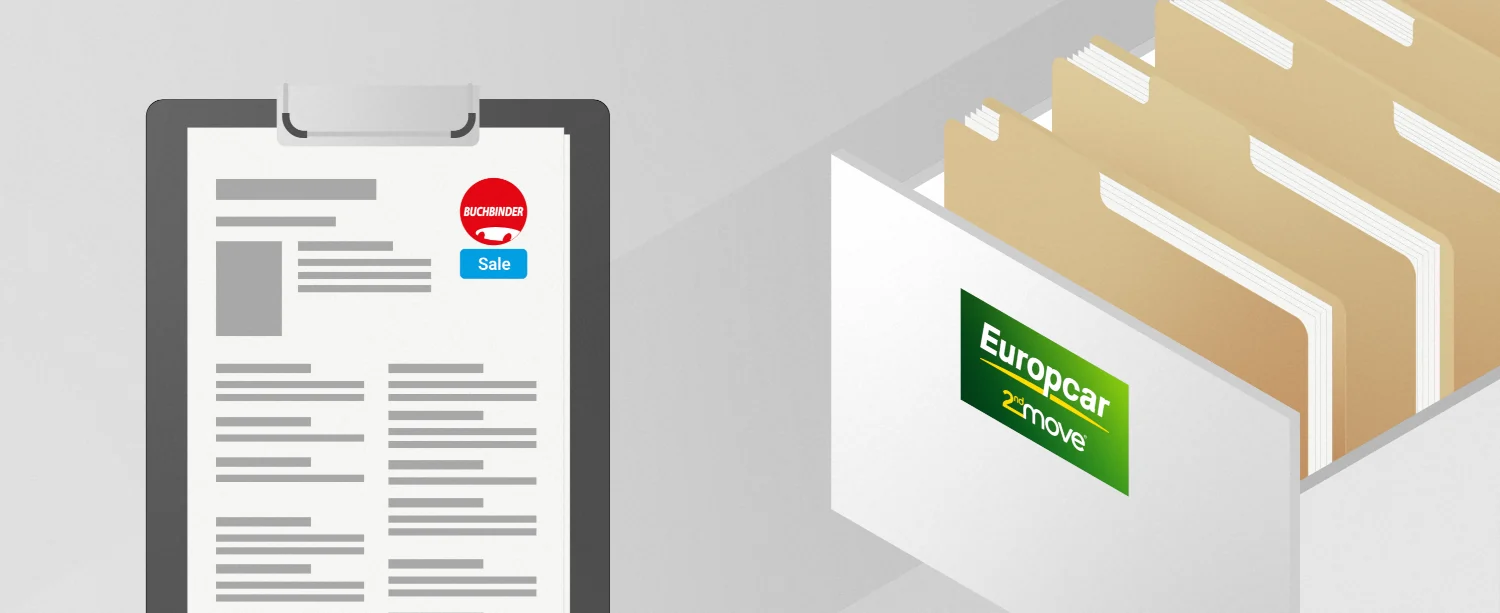But how easy is it really to attach a wallbox to a residential building? What needs to be taken into account during installation? We will cover everything important about wall charging stations in this article.
f you decide to have a wallbox at home, you should do thorough research beforehand. The first requirement is the appropriate power connection, a three-phase connection with a voltage of 400 volts and the right space such as a garage or carport. Especially in old buildings, there is a high probability that structural measures such as wall breakthroughs or excavation work will be necessary. New buildings are usually designed so that wall charging stations can be installed later, which is why cable shafts and the corresponding connection capacity are already available.
Furthermore, a certified electrician must be selected for installation. The installation, expansion or modification of the system may only be carried out by a network operator or by an installation company that is registered in the network operator's installer directory (§§ 13, 19 Low Voltage Connection Ordinance - NAV).
It is also important to inform the network operator about the installation of a wallbox before putting it into operation (§ 19 Abs. 2 NAV) as the latter must accurately estimate the utilization of the electricity network because consumption behavior changes. To do this, the network operator must connect the charging device to the public supply network. Private charging points do not have to be reported to the Federal Network Agency. This only applies to publicly accessible ones.
Right to a wallbox in a rented apartment
Even if you live in a rented apartment, you are entitled to a permanently installed wall charging station under certain conditions. For this purpose, the tenant must submit an application to the landlord, whose consent is required. The landlord can only prohibit installation in rare cases, such as in a building that is a listed building. If the landlord does not own the residential building alone, he or she must pass on an application to the owners' association. As a rule, this cannot be rejected either. However, it must be clarified how the charging current should be billed. This is possible with your own meter on the wallbox, or you can let the wallbox run on the meter belonging to the apartment./p>
The tenant is responsible for the installation costs and the operating costs of the private wallbox. You also have to finance dismantling yourself, but it is also possible to take the wallbox with you when you move.
The wall boxes permanently installed in the building are insured through the landlord's residential building insurance and the tenant's household contents insurance.
Electric mobility infrastructure bill
In order to accelerate the goal of expanding the cable and charging infrastructure for electromobility in buildings and to ensure the affordability of building and living, the federal government has drafted a bill for the development of charging and cable infrastructure for electromobility in buildings. This states that when new residential buildings with more than 5 parking spaces are built, each parking space must be equipped with protective tubes for electrical cables. If non-residential buildings have more than 6 parking spaces, every third parking space must have a charging point. The situation is similar when renovating existing residential buildings with more than ten parking spaces, because all parking spaces must be equipped with protective tubes for electrical cables. This also applies to the renovation of existing non-residential buildings. In addition, if there are more than ten parking spaces, every fifth parking space must have at least one charging point.
There is an exception for non-residential buildings owned or used by small and medium-sized businesses or for existing buildings if the costs for the charging and cable infrastructure exceed seven percent of the total costs of a major renovation.
You can find out here why a commercial e-charging infrastructure is particularly worthwhile for companies.
Variety of wallboxes
The wall boxes, also known as wall charging stations, are available in different versions. There are now even more intelligent versions that have additional functions. For example, they can be connected to the smart home system, which means that charging times can be controlled and the electricity from the in-house PV system can be used.
These wall boxes differ in price from the usual wall charging stations. In general, the price is determined depending on the corresponding additional services and structural measures. It is also possible to receive funding for wallboxes if the e-charging infrastructure is purchased as part of an e-car eligible for funding.
Another option for charging an electric car is bidirectional charging. Anyone who is interested in the symbiosis of electric cars and photovoltaic systems should definitely read this article.
 To register, you will be redirected to the Europcar 2ndMove website. After registering, you can log in to Buchbinder-Sale.de.
Next
To register, you will be redirected to the Europcar 2ndMove website. After registering, you can log in to Buchbinder-Sale.de.
Next
 To register, you will be redirected to the Europcar 2ndMove website. After registering, you can log in to Buchbinder-Sale.de.
Next
To register, you will be redirected to the Europcar 2ndMove website. After registering, you can log in to Buchbinder-Sale.de.
Next






 Registration
Registration  Login
Login All vehicles
All vehicles  Direct Sale
Direct Sale
 Auctions
Auctions
 Service
Service
 Company
Company
 My Area
My Area 
